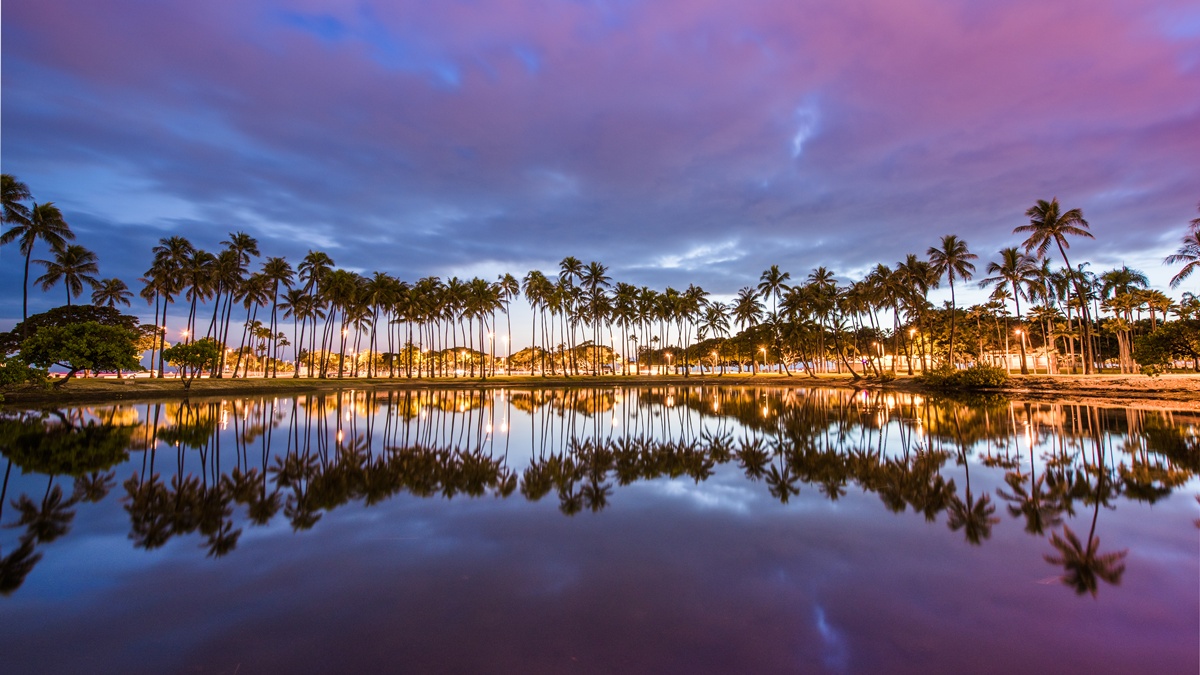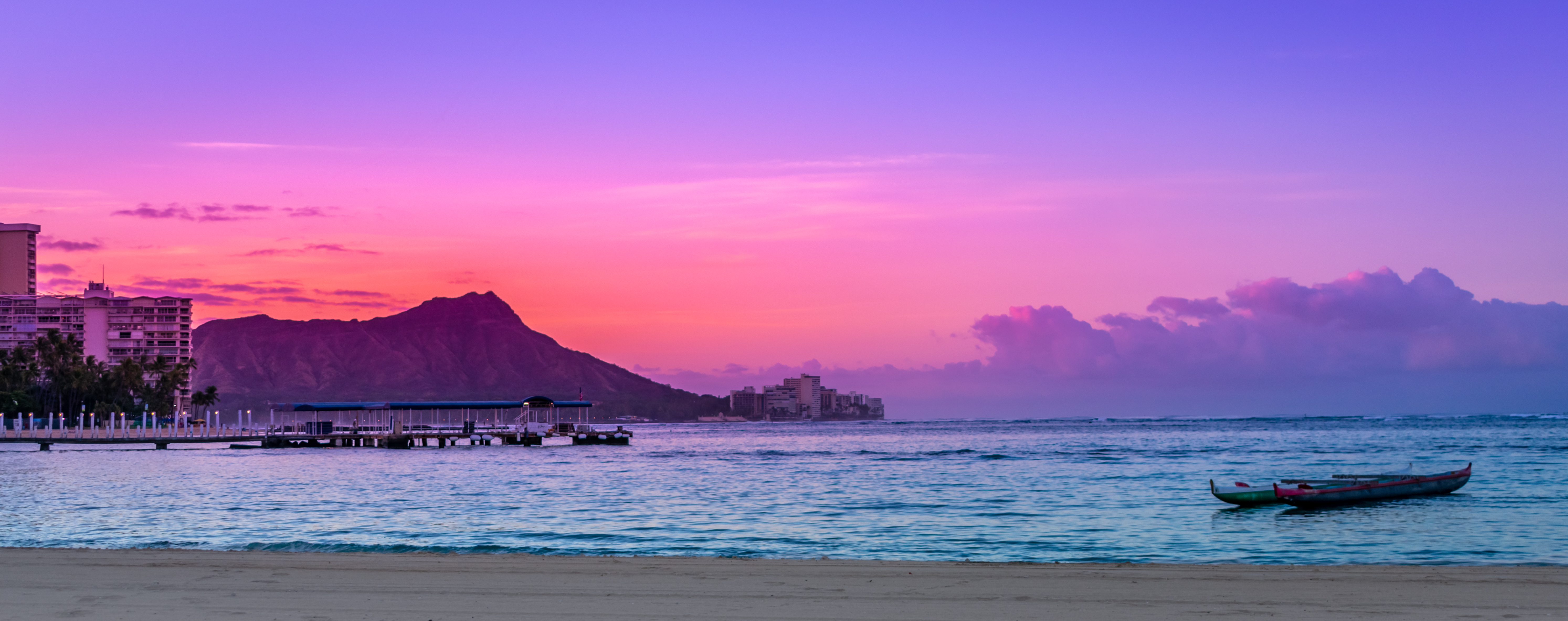Capturing the perfect sunset photograph is a rewarding endeavor that combines technical skill, creative composition, and an understanding of lighting conditions. Whether you’re using a smartphone or a digital camera, and whether you’re on land or at sea, these tips will help you take stunning sunset photos.
Essential Equipment for Sunset Photography
For Smartphones:
- Tripods and Stabilizers: Using a tripod or stabilizer helps prevent camera shake, especially in low-light conditions.
- Clip-on Lenses: Wide-angle or telephoto clip-on lenses can expand your smartphone’s capabilities, allowing for more creative compositions.
- Photography Apps: Apps that offer manual control over settings like exposure, focus, and white balance can enhance your ability to capture the scene accurately.
For Digital Cameras:
- Camera Selection: DSLRs and mirrorless cameras provide greater control and image quality.
- Lens Choices: Wide-angle lenses are great for capturing expansive skies, while telephoto lenses can emphasize the sun and compress the scene.
- Tripod: A sturdy tripod is crucial for stability during longer exposures required in low light.
Mastering Camera Settings for Sunset Shots
Exposure Settings
Balancing aperture, shutter speed, and ISO is key. A narrower aperture (higher f-stop) ensures a greater depth of field, while a lower ISO reduces noise. Adjust the shutter speed to control the exposure, keeping in mind that slower speeds may require a tripod to avoid blur.
White Balance
Setting your white balance to ‘Cloudy’ can enhance the warm tones of a sunset. Experimenting with manual Kelvin adjustments, typically between 3000K to 5000K, can also yield creative results.
Focus Techniques
For sharp images, use manual focus to ensure the primary subject is crisp. In low light, autofocus may struggle, so manual adjustments can be more reliable.
Composition Techniques for Stunning Sunset Photos

Rule of Thirds
Dividing your frame into thirds both horizontally and vertically and placing key elements along these lines or intersections creates a balanced composition.

Incorporating Silhouettes
Positioning subjects like trees, people, or buildings against the bright sky can create dramatic silhouettes, adding interest and storytelling to your image.

Foreground Elements
Including objects in the foreground, such as rocks or water, adds depth and leads the viewer’s eye into the scene.

Reflections
Utilizing bodies of water to capture reflections of the sunset can double the visual impact and create symmetry in your photos.
Adapting to Lighting Conditions on Cruises
Challenges of Shooting from a Moving Vessel
Motion can introduce blur, so using faster shutter speeds helps capture sharp images. A higher ISO setting can allow for these faster speeds without underexposing the image.
Utilizing the Ship’s Features
Explore different vantage points on the ship, such as the deck or observation areas, to find unobstructed views and unique compositions.
Weather Considerations
Weather at sea can change rapidly. Be prepared to adjust your settings and composition to accommodate varying conditions, and use protective gear to shield your equipment from moisture.

Post-Processing Tips to Enhance Sunset Images
Software and Apps: Tools like Adobe Lightroom or Snapseed offer powerful editing capabilities for both beginners and advanced users.
Editing Techniques: Adjusting contrast, saturation, and sharpness can enhance your image, but be cautious not to overdo it. Aim to maintain the natural beauty of the scene.
Avoid Over-Editing: Subtle adjustments often yield the best results. Over-editing can lead to unnatural colors and loss of detail.
Common Mistakes to Avoid in Sunset Photography
Overexposure: This can wash out the vibrant colors of a sunset. Use your camera’s histogram to ensure you’re not losing detail in the highlights.
Poor Composition: Neglecting elements like the rule of thirds or leading lines can result in unbalanced images. Take time to compose your shot thoughtfully.
Neglecting the Foreground: A compelling foreground adds depth and context. Don’t focus solely on the sky; include elements that anchor the scene.
Snap That Sunset Like a Pro
Capturing the perfect sunset photo involves preparation, understanding of your equipment, and creative composition. By applying these tips and practicing regularly, you’ll enhance your skills and create breathtaking images that encapsulate the beauty of sunsets.






